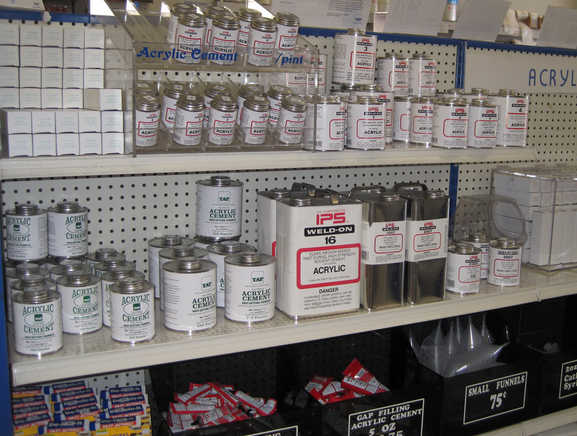Code Green Solutions


Very few people walk into a hardware store and say, “I am looking for a mixture of calcium silicate, magnesium oxide, clay and sand for my driveway, can you tell me how much calcium sulfate to use if I want it to set quickly when I pour it this weekend?”
Most people would ask, “Hey can you recommend the best cement/concrete to use for my driveway? I would like to pour it this weekend and I need it to set pretty quickly.”
In many ways these questions are exactly the same. But the first question requires an understanding of cement chemistry and the role of gypsum in hardening, while the second question requires knowledge of commercially available cements and their various construction uses. Answering either question requires expert knowledge and familiarity with cement and building practices.
Throughout product lifecycles designers, engineers, and contractors specify performance rather than chemistry. This trend has created a market where information about chemical ingredients and function are very hard to find, while product performance characteristics and marketing claims have flourished.
How many times have your asked yourself, “Which cures faster the ‘super quick drying’ or the ‘instant drying’ adhesive?” How much faster? Why?
At the root of these claims hides a chemistry question. Product performance, material performance and product safety are all dictated by the underlying chemistry. The well trained eye can find hints.
If you look at the labels on a variety of products in a similar line you can spot subtle differences in product use and function claims, but rarely do you see any corresponding changes in chemical safety claims. The current market and regulatory pressures have created an advantage for products that can be differentiated on claims of cost and performance, but much less so with claims of safety.
Just think about a given brand’s line of adhesives, you will find formula x, good for wood and porous surfaces, formula y, good for metal, plastic and glass, and formula z, all-purpose quick drying adhesive. Each of these adhesives will make different durability and strength claims. Yet, they will likely all have the same safety warning. “Warning harmful if swallowed. Use in a well-ventilated room. Avoid contact with skin and eyes.”
It is likely that the performance, use, and durability claims were informed by the product designers, engineers, and chemists who formulated and tested the product. Each of these products will contain different chemistry, and that has been used to inform what goes onto the packaging.
On the other hand the safety warning was probably written by the legal department with minimal consultation with the actual experts who made the product. There are three disadvantages to these blanket safety phrases:
There is a growing demand for safer, greener products. To meet this demand most consumers are relying on certifications and or marketing claims that may not provide a complete picture. Phrases like ‘natural’ and ‘green’ can mean many things, and do not actually provide much useful information about product safety.
More specific labels may indicate the absence of a known chemical of concern like ‘formaldehyde free’ or ‘BPA free’ but these do not tell you anything about the chemicals that were used to replace the bad actor.
As we start creating better ways to communicate product safety and sustainability, it will be crucial to understand and document the connections between product chemistry and product function. Even if all of this information will not fit on the package, and we will always rely on marketing and performance claims for our purchasing decisions, it is essential that product manufactures understand the intimate relationship between function and chemistry.
By divorcing the chemical information from the product function, it has been hard for product manufactures and builders, much less folks heading to the hardware store, to choose truly safer chemistries. Knowing what is in products is just the first step. We also need to know what function the ingredients are serving, and what its associated hazards may be, so that we can appropriately consider what might make a safer substitute.